We all want to be happy and have a good life. Some people seem to naturally be cheerful and others struggle with depression. Regardless of what type of person you are, current studies show that one of the ways to be happier is to be grateful for all the blessings and good things in your life. We learn to see and be grateful for even the little blessings like seeing a cardinal at a birdfeeder, getting a card in the mail, or having a good meal with your family. By focusing on the positive things we experience each day we become more aware of the blessings in our lives. Gratitude opens the heart to love.
Robert Emmons, a professor at the University of California, Davis, has done research on gratitude for eleven years and has done many studies. Some of his studies show that people who keep a gratitude journal and write down five things they are grateful for every day are happier. The benefits for keeping a journal are psychological, social, emotional, and physical. Psychologically people felt more alert, alive and aware. Socially students found an increase in their grades. Emotionally people experienced more positive emotions. Physically people exercised more, their sleep was better and they awoke each morning more refreshed.
Emmons has a youtube on the gratitude studies he has done. You might find this one of interest.
http://www.youtube.com/watch?v=RRrnfGf5aWE
Emmons has also written books on Gratitude such as Words of Gratitude and Gratitude Works.
Here are several quotes on gratitude that I found uplifting.
Gratitude “Cultivate the habit of being grateful for every good thing that comes to you, and to give thanks continuously. And because all things have contributed to your advancement, you should include all things in your gratitude.”
“We must find time to stop and thank the people who make a difference in our lives.”
“To be grateful is to recognize the Love of God in everything He has given us – and He has given us everything. Every breath we draw is a gift of His love, every moment of existence is a grace, for it brings with it immense graces from Him.
Gratitude therefore takes nothing for granted, is never unresponsive, is constantly awakening to new wonder and to praise of the goodness of God. For the grateful person knows that God is good, not by hearsay but by experience. And that is what makes all the difference.”
How have you found gratitude helps you? Have you ever kept a gratitude journal? If so what benefits did you notice?
share this:



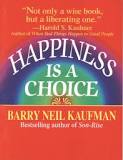



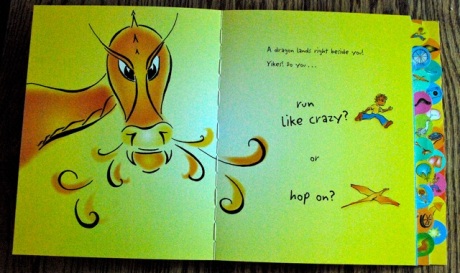
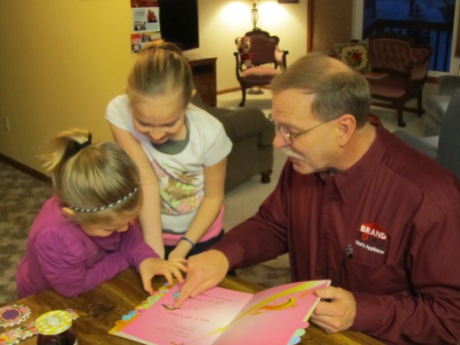
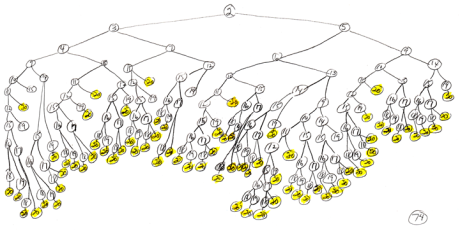


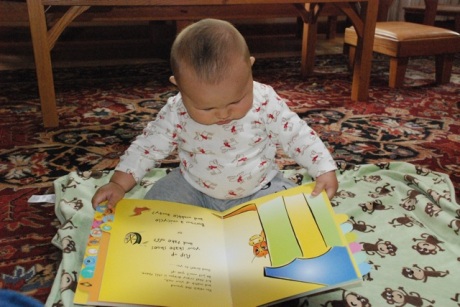
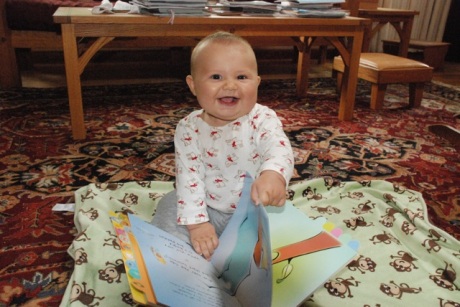
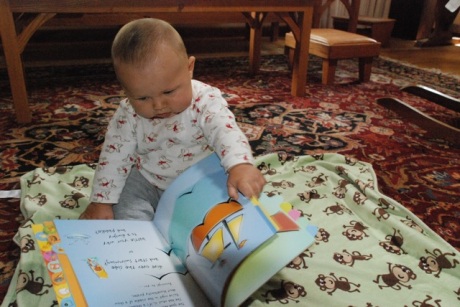












Recent Comments